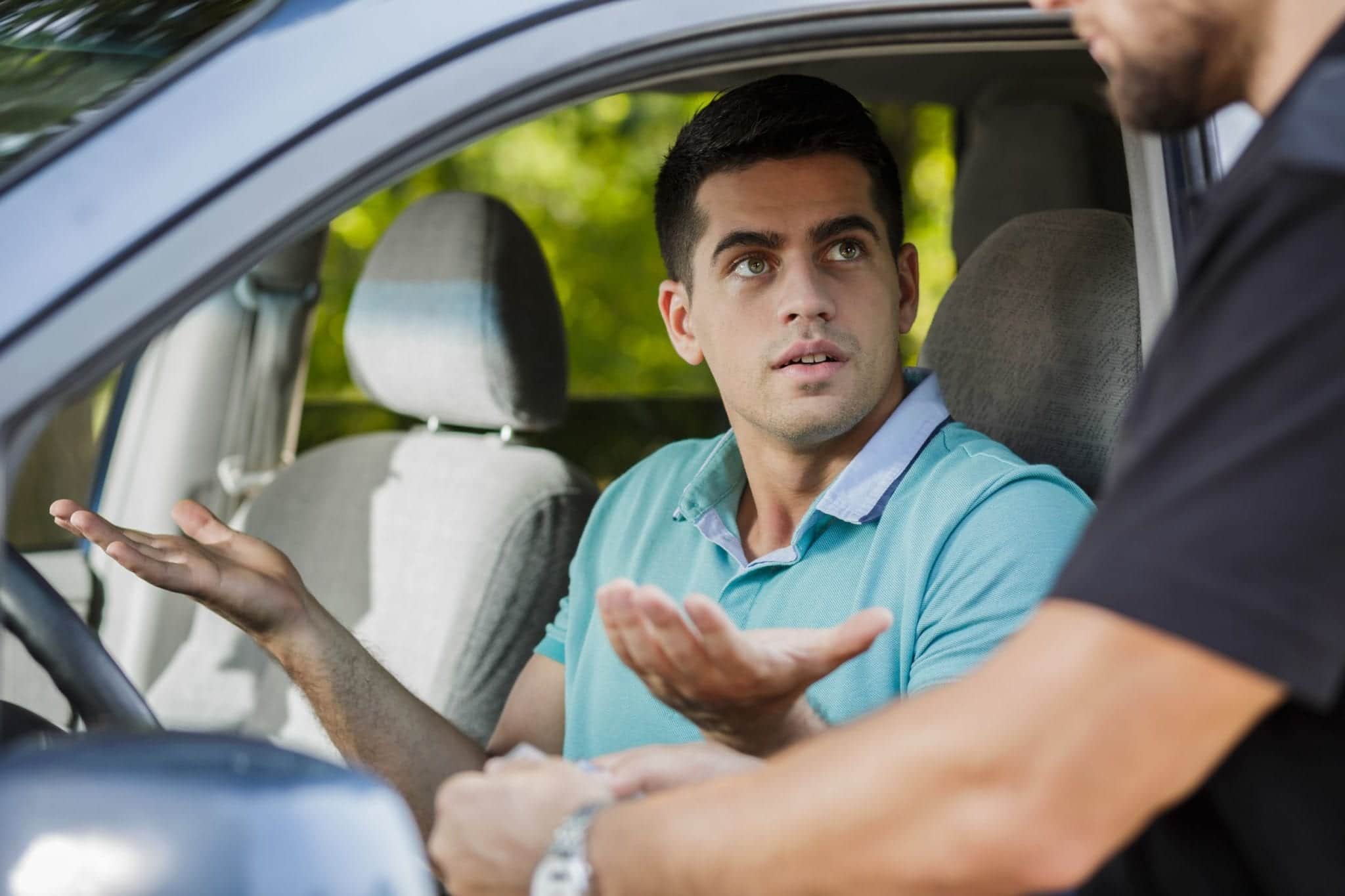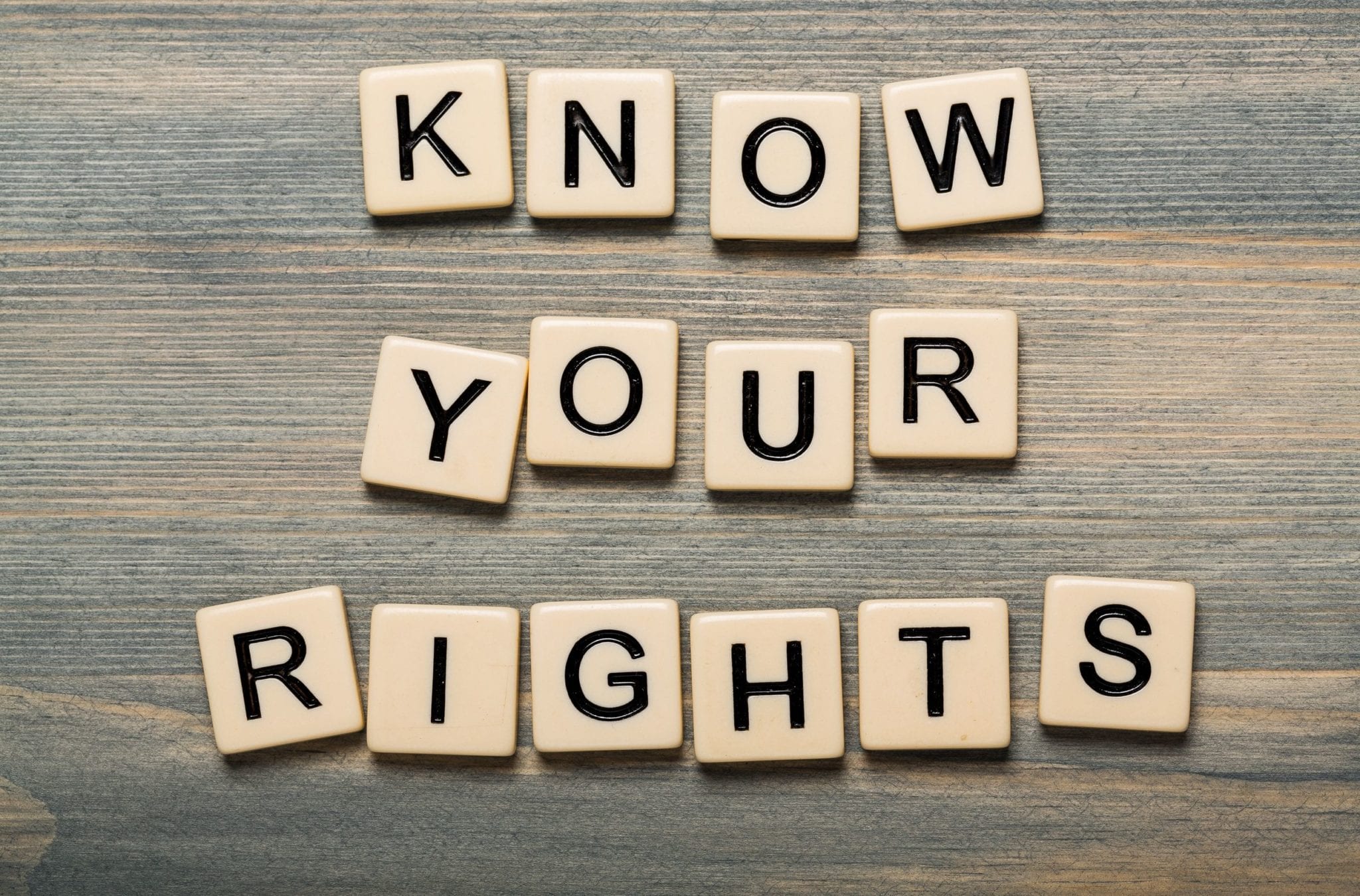Traffic stops can be a uniquely stressful interaction for both motorists and police officers. In recognition of this, Minnesota has recently announced updates to its Driver’s Manual.
These updates were announced four years to the day after the shooting of Philando Castile, who was killed by a Minnesota police officer during a routine traffic stop.
Traffic Stop Tragedy Involved a Legal Firearm in the Vehicle
Philando Castile was carrying a legal firearm in his vehicle when a Minnesota police officer pulled him over. While Castile informed the officer of the presence of the firearm, when he reached for his license and registration the police fired their weapons at him.
The tragedy was the result of both the police officers and Castile being unclear on the best way to handle the situation.
Castile’s mother, Valerie Castile, has since pushed for new guidelines in Minnesota. In particular, she suggested the changes which the Minnesota DMV has now locked in place.
The updated driver’s manual is designed to prevent the exact tragedy that occurred with Philando.
Updates cover a variety of problems but focus on the possession of a legal firearm. The goal is to help drivers and officers alike handle traffic stops effectively and safely on all sides.
How Minnesota Has Updated the Driver’s Manual
The previous version of the Minnesota Driver’s Manual did have some information about how to handle traffic stops. However, it was incomplete. The new Driver’s Manual now specifies procedures for drivers carrying firearms.
The new guidelines, which can be found on page 40 of the updated manual, include the following three provisions:
- “Keep your hands on the steering wheel so they are easily observable.
- “Do not make sudden movements or search for your driver’s license or vehicle documents; wait for the officer to give you instructions.
- “If you have a weapon or firearm in the vehicle, inform the officer upon your first interaction with them.”
The new manual also specifies that people who are in possession of a legal firearm should inform the officer where the weapon is. Furthermore, they should keep their hands on the steering wheel and specifically avoid reaching towards the weapon.
These changes are designed to help keep people safe during every stop. Philando Castile did inform the police officers of his weapon upon first interacting with them.
However, officers interpreted his reach towards his license as a move towards the weapon. They felt threatened, and a tragedy resulted. The new guidelines of keeping hands firmly on the steering wheel help make your intentions clear.
How to Safely Carry a Firearm in Your Minnesota Vehicle
There’s more to carrying a gun in a vehicle than being prepared for traffic stops. Minnesota has specific laws surrounding carrying firearms in vehicles. Following these laws will keep you safe whether or not you’re stopped.
Carry Your Permit Wherever You Carry Your Gun
First, make sure that you have your permit with you any time you carry your firearm off your property. It’s not enough just to have received a permit – you must have the proof of permit with you. You need to have your permit in order to possess a firearm in any vehicle, including snowmobiles and boats.
Carry in a “Closed and Fastened” Case
Second, your firearm needs to be secured in a “closed and fastened” case. The firearm needs to be completely contained in the case, with none of the weapon exposed. This helps keep the firearm from potentially being damaged or unexpectedly firing during transit.
Unload the Weapon Before You Load It in the Car
Finally, your firearm must be unloaded when you’re carrying it in a vehicle. Ammunition can be carried in the same case as the weapon, but it cannot be loaded into the firearm. Many unintentional firings occur because a weapon was loaded and an accident occurred.
When You Don’t Use a Case, Stow It Away
If you do not want to or cannot keep the weapon in a sealed case, there’s one alternative.
The weapon can be stored in your sealed trunk, instead.
The sealed trunk that’s inaccessible from the main body of the vehicle is considered to be a closed and fastened container. The important requirement is that the gun cannot easily be accessed and fired while the vehicle is still moving.
By following safety laws for carrying your firearm in a vehicle, you have taken the first steps to remain safe. By paying attention to the new Driver’s Manual guidelines for traffic stops, you go even further.
Philando Castile’s death was a tragedy, and it was not his fault. The new traffic stop guidelines are designed to help drivers and police alike feel safer during traffic stops. Preventing a new tragedy can be as simple as keeping your hands on the wheel.
About the Author:
Christopher Keyser is an AV-Preeminent rated criminal and DWI defense attorney based in Minneapolis who is known for fighting aggressively for his clients and utilizing innovative tactics to get the most positive results. He has been featured in numerous media outlets due to the breadth and depth of his knowledge and named a Certified Specialist in Criminal Law by the Minnesota Bar Association. Mr. Keyser is Lead Counsel rated, and he has received recognition for his criminal law work from Avvo, Expertise, Super Lawyers, The National Trial Lawyers, and more.








